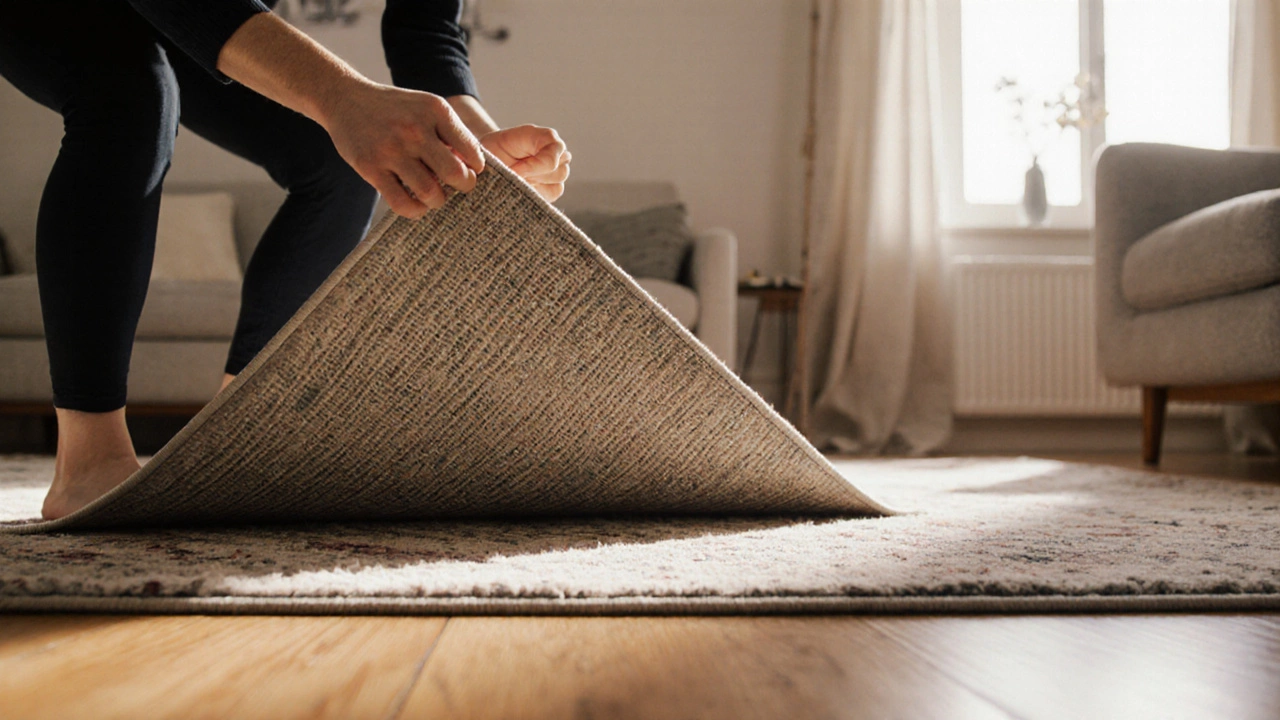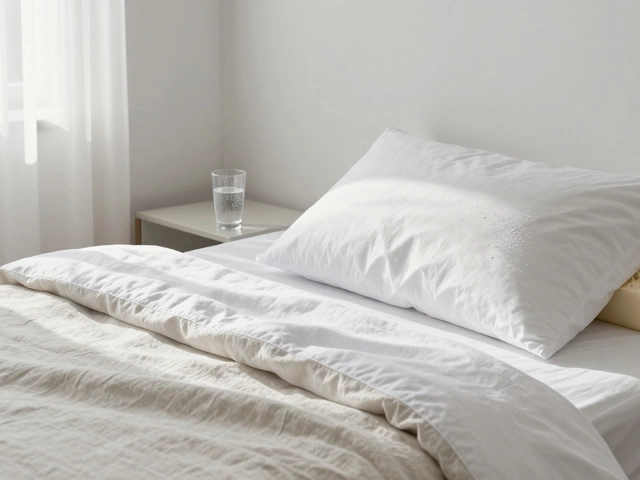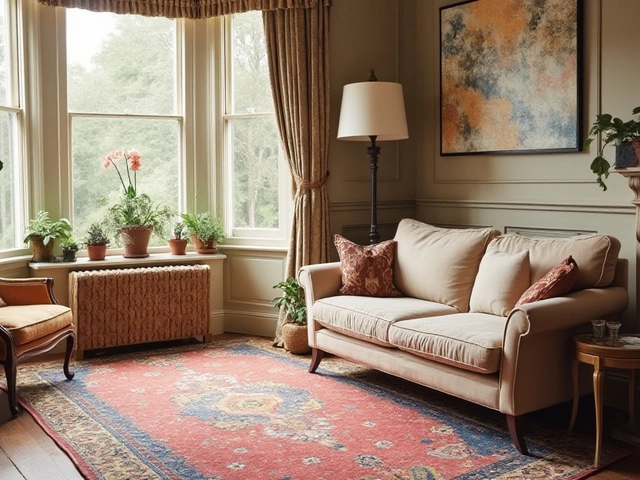Backing Material: What It Is and Why It Matters
When you hear the term Backing Material, a layer of fabric, foam, board or other substance placed behind a visible surface to give shape, support and durability. It’s also called a liner. Think of it as the hidden hero that lets a curtain hang nicely, a rug stay flat, or a sofa keep its shape over years of use. Knowing how it works helps you pick products that look good and last longer.
How Backing Material Connects to Curtains, Rugs and Sofas
First up, Curtains, window treatments that soften light and add style rely on a solid backing to block drafts and prevent sagging. A good curtain backing (often polyester or cotton batting) adds weight, reduces glare and improves insulation. Next, Rugs, floor coverings that tie a room together need a slip‑resistant backing to stay in place and protect the floor underneath. Without it, even the prettiest rug slides around and wears out faster. Finally, Sofas, seating pieces that combine comfort and design depend on appropriate cushioning backing—usually high‑density foam or latex—to keep cushions plump and support weight evenly. The three items share a simple truth: the right backing material boosts performance, extends lifespan and enhances the look.
Backing material also ties into Bathroom Accessories, functional décor like towel bars, vanity mirrors and shower caddies. Many of these pieces use waterproof backings to resist moisture and prevent warping. When you choose a vanity mirror with a sturdy backing, you avoid cracks from steam. The same logic applies to shower curtains that need a water‑resistant lining. In short, whether it’s a wall‑mounted shelf or a freestanding light, the backing decides how well the item holds up in damp environments.
So why should you care? Because the backing influences three key attributes: durability, comfort and aesthetics. A heavy‑duty backing on a curtain stops it from fluttering in a breeze, while a thin, breathable one keeps a summer room airy. Rug backing with a felt layer cushions footsteps and muffles noise, which matters in apartments or homes with kids. Sofa backing that matches the cushion's density stops you from sinking too far, protecting your back during long binge‑watch sessions. By matching the backing to the room’s needs, you get a tailored experience without extra effort.
Below you’ll find a collection of articles that dive deeper into each of these areas. From choosing the best curtain lining for blackout performance, to spotting low‑maintenance rug backings, and understanding how sofa cushioning works, the posts give you practical tips you can apply right away. Whether you’re redecorating a bathroom, updating a living room or just curious about the hidden layers in your home, the guide‑posts here will help you make smarter choices.
Ready to explore? The backing material insights ahead will give you the confidence to pick the right layers for any surface and keep your home looking fresh for years to come.

Reading the Back of a Rug: What It Reveals About Quality, Age, and Care
Learn how the back of a rug reveals its construction, quality, age, and care tips, with practical checks and a backing comparison guide.
Categories
- Storage (27)
- Bathroom (18)
- Sofas (15)
- Curtains (15)
- Home Decor (12)
- Bedding (11)
- Kitchenware (10)
- Cushions (10)
- Mirrors (10)
- Rugs (9)



